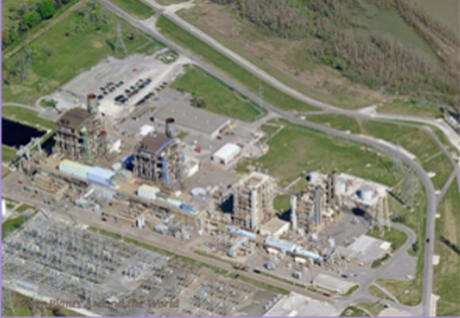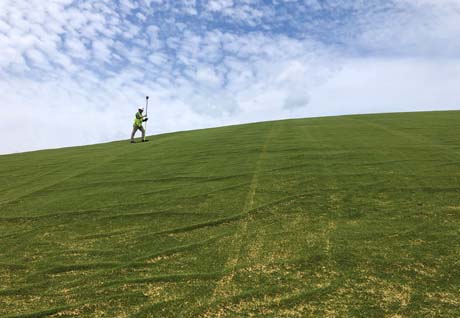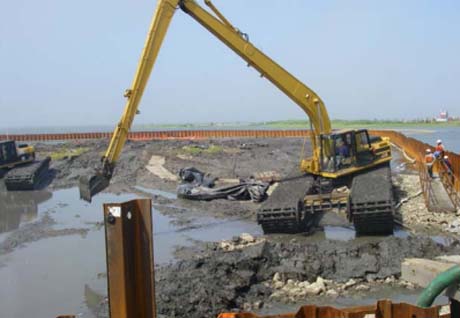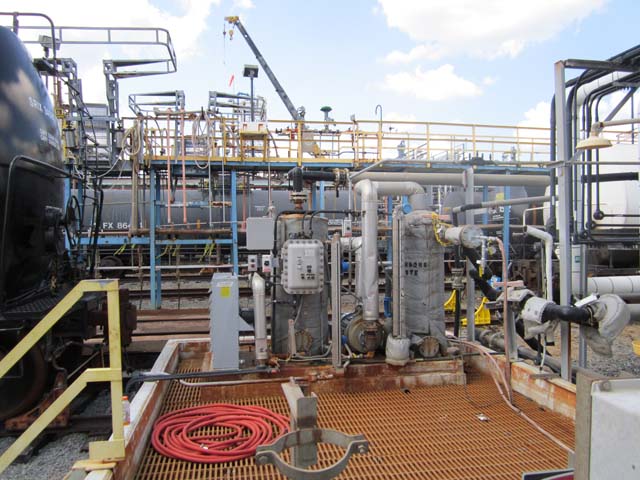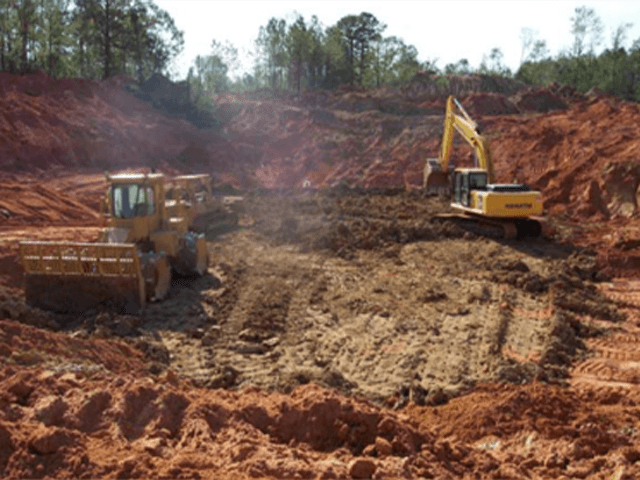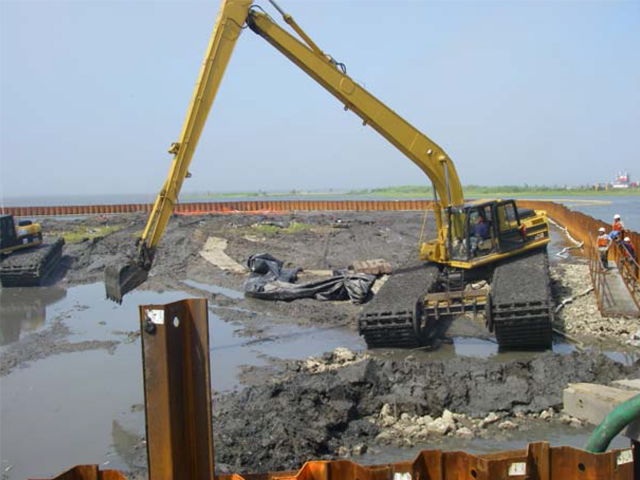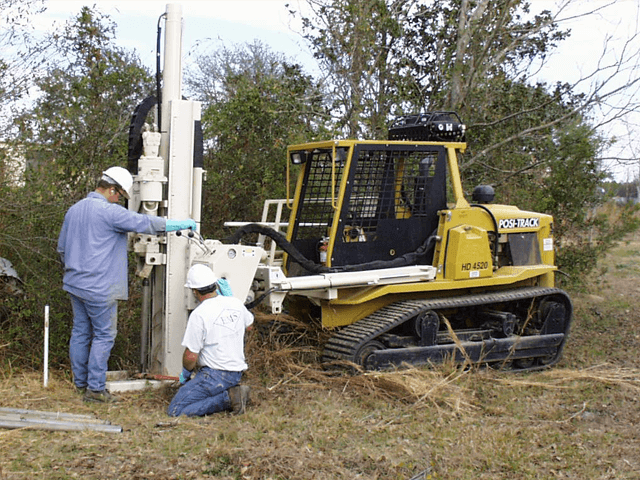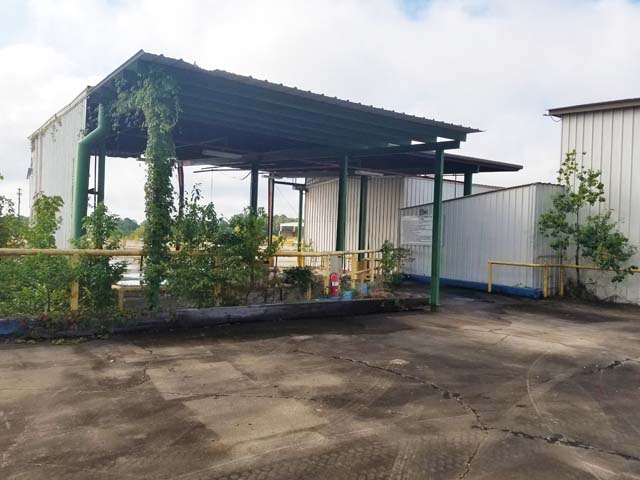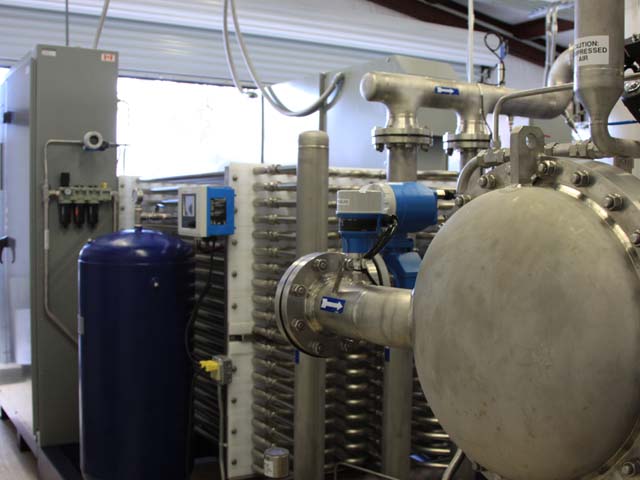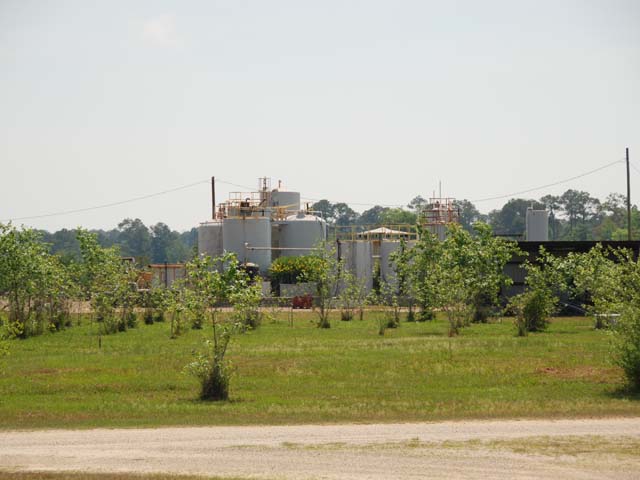
Equipment
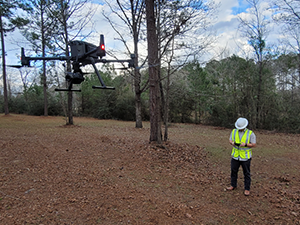
We maintain an inventory of environmental, engineering, and accessory equipment at our facilities including:
- Two Geoprobe® rigs for soil and groundwater sampling
- Heavy equipment (including trackhoes, bulldozers, trucks) for site construction and remediation work
- Specialized computer integrated geophysical and GPS support equipment
- Survey-grade GPS equipment for professional land surveying
- Various support equipment including boats, ATVs, decon equipment, etc.
- Aerial Drone
- Various specialized equipment
- The maintenance of this equipment allows us to provide the most cost-effective, timely, and technologically advanced application-specific services for our clients. Having our own equipment also reduces the need to subcontract services and equipment – making us a single source service provider for most projects with much greater control and flexibility of project timelines.
The following summaries describe a portion of our specialized equipment:
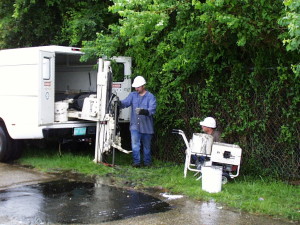
Soil and Groundwater Sampling, Temporary Wells, and Soil Borings
EMS utilizes Geoprobe direct-push technology to provide efficient and cost-effective data gathering at environmental sites. EMS owns two Geoprobe® rigs and both are capable of installing soil borings, temporary wells, discrete groundwater and soil sampling. Both units are capable of drilling through concrete slabs up to 4 inches thick of 2,500-psi concrete and 2-inch thick asphalt.
540U Geoprobe® Drilling Rig
This service truck mounted unit is capable of driving rods up to 2.125-inch in excess of 30 feet under typical conditions. It also has electrical conductivity logging capability.
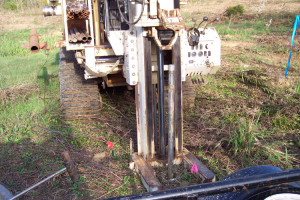
D6600 Geoprobe® Drilling Rig
This compact track-mounted all terrain unit is ideal for probing in off-road areas that would ordinarily be inaccessible to truck mounted equipment, or in areas of limited overhead clearance and is capable of driving rods up to 3.125 inches in excess of 30 feet. Additionally, the unit features a separate auger head that can be used to turn 4.25-inch I.D. hollow stem augers for the installation of monitoring well casings up to 4 inches in diameter.
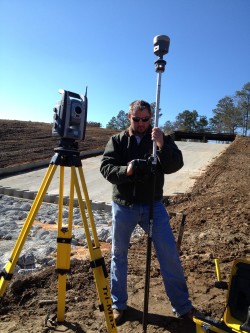
GPS Survey Equipment for Infrastructure Projects and General Purpose Land Surveying
For surveying tasks, we utilize Real Time Kinematic (RTK), dual frequency Global Position System (GPS) with completely wireless base station and rover receivers. We couple this with reflectorless, robotic, scanning-capable electronic measuring devices in order to provide the best tool for any job. The system is ideal for work on a range of infrastructure projects such as road or site construction and for the location of large amounts of existing detail.
The application software allows for laying out earthwork models in design software and has sufficient precision to be used for the setting out of cadastral boundaries. The system can provide elevations to within most earthwork standards with finer tolerances requiring alternate methods such as total station or level and grade rod measurements.
This equipment employed by EMS represents the cutting edge of technology for our industry. The combination of technologies and the ability to proficiently utilize them significantly increases productivity and reduces total project cost in all of its applications.
Geophysical Equipment

We use non-invasive techniques to map subsurface anomalies that affect resistivity and conductivity including brine spills, buried metal objects, etc. The Geonics® EM-31 Terrain Resistivity/Conductivity Meter (EM-31) is capable of automatically downloading conductivity and spatial data into a hand-held computer.
Spatial data is collecting using a global positioning system (GPS) which receives differential GPS readings from local beacons or satellite stations, resulting in sub-meter accuracy for the survey locations.
Conductivity data is recorded from the section of earth approximately 15-20 feet below the instrument and any known surficial or buried metal objects are noted.
This data is recorded and subsequently mapped using specialized software programs to indicate anomalous readings, which indicate areas that should be investigated further by invasive techniques or other means.


